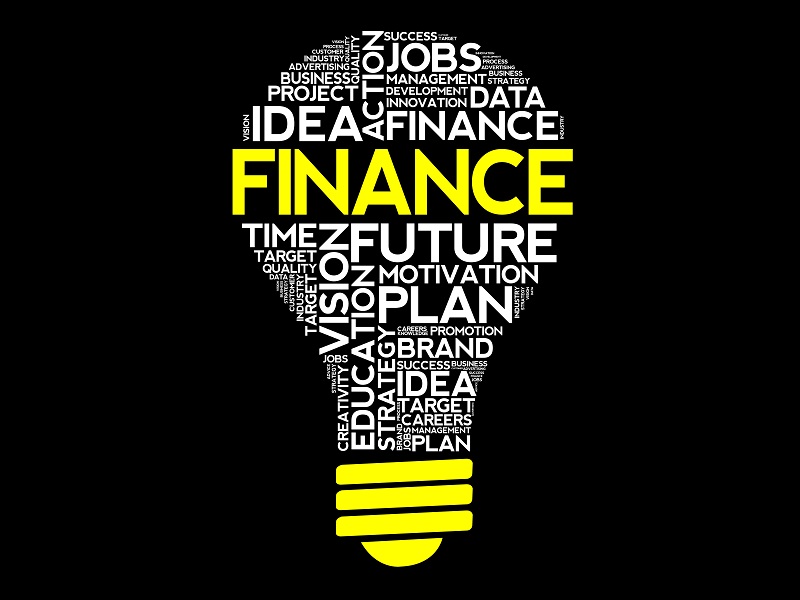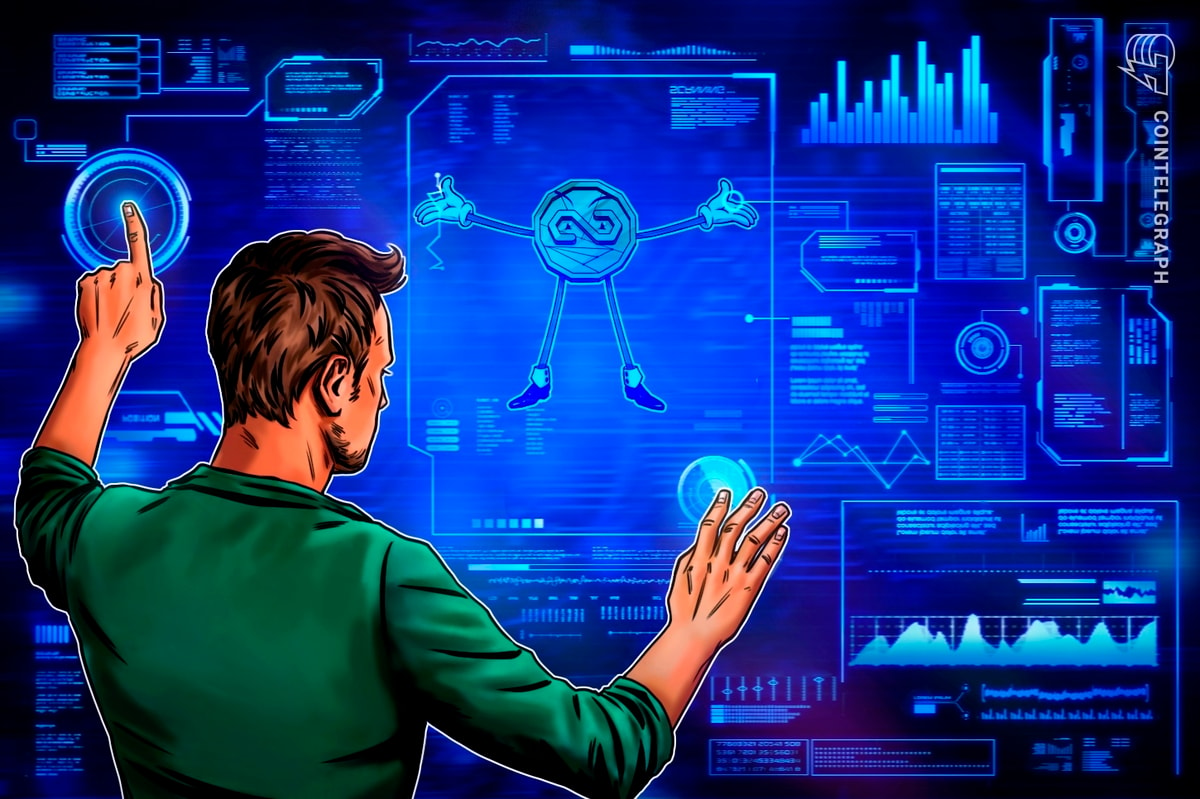Fancy new terms such as “FinTech” are found all over mainstream and online media outlets these days. However, most people still have no idea what this term means, or why it is even such an important topic of conversation these days. Before we can explain the recent evolution of FinTech, we must first explain what this new hype is all about.
Also read: New UK Cybercrime Report Makes No Mention of Bitcoin
What is FinTech?
The term FinTech is a shortened version of talking about Financial Technology. Using shorter terms are always more eye-catching, and are easier to convey between parties engaged in conversation. FinTech’s main goal is creating new forms of software and hardware to provide financial services to people, and improve existing financial product for mainstream consumers.
Regardless of how one wants to look at things, the current financial infrastructure we all use – and hate – is outdated. Granted, the way consumers pay for items and services has evolved from paper money to plastic cards. In a way, this is a form of FinTech, as plastic cards are a rudimentary form of financial technology.
Payment terminals, which were designed to read these plastic cards and use them as a form of payment in a semi-convenient manner, is a prime example of FinTech in a hardware format. Without these payment terminals, which are now very common at brick-and-mortar stores, card payments would simply not be possible. Innovation in the financial sector took place when these payment terminals were created.
Since that time, however, there has been very little to no further innovation from within the financial sector itself. In fact, things have grown from bad to worse, as everyday consumers are looking for alternative ways to spend funds. Using card payments is convenient, but not every person in the world has access to financial services provided by a bank or similar institution.
Over the course of recent years, the term FinTech has become broader in terms of being applicable. Not only can this term be used to identify financial innovations for consumers to interface with directly, but it is also applicable to software innovations. One example of such a software innovation is how payment terminals will not only read bank cards, but also credit and debit cards. The hardware was already in place, but the software on the device had to be modified slightly.
Why Do We Need Financial Innovation?
Many people will know the saying “if it isn’t broken, don’t fix it”. One thing most consumers fail to realize – in large part thanks to traditional media not paying enough attention to this – is how the financial ecosystem is utterly broken right now. The world of finance has been shielded from regulatory changes for quite some time now, and global banks are in firm control of consumer’s money at all times.
While this may sound positive on paper, the truth is that the everyday consumer has no say in their financial future. People are forced to comply with the current infrastructure and rules, and there is no room for interpretation or debate. Many people have taken offense by this lackluster attitude and feel the time is now to shake up the financial ecosystem as we know it.
Furthermore, recent attacks against banks, as well as their seemingly unlimited ability to keep printing extra paper money while devaluing existing currency supplies, are not all that favorable. Disrupting the financial sector will not happen overnight, but as our society evolves, so should all aspects of society. The financial world has been delaying that evolution for five decades now, but that time has come to an end.
How do you feel about the current financial ecosystem? Do you feel there is a need for innovation in certain aspects, and if so, which ones? Let us know in the comments below!
Images courtesy of Shutterstock, Nxtplabs











